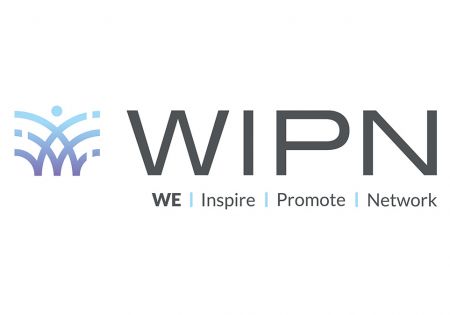JetBlue Earns Its Wings as Best Low-Cost Airline
Low-cost carriers continue to lead in improving passenger satisfaction, while traditional carriers still struggle to meet travelers’ expectations, a survey found.
JetBlue Airlines again takes top rankings in terms of airline customer satisfaction, followed closely by Alaska Airlines, according to J.D. Power and Associates’ 2012 North America Airline Satisfaction Study.
Meanwhile, traditional airlines, such Delta, Continental and American Airlines, are losing customer service altitude. Although satisfaction with low-cost carriers improves for the third straight year (increasing three index points from 2011 to an average 754 on a 1,000-point scale), satisfaction with traditional carriers declines four points, to 647.
“Passengers want it all, but they are not necessarily willing to pay for it all,” said Stuart Greif, vice president and general manager of the global travel and hospitality practice at J.D. Power and Associates. “Carriers often must make decisions for financial reasons that they know will negatively impact passenger satisfaction, and therein lies the conundrum.”
After two years of consecutive industry improvements, overall passenger satisfaction has declined slightly, to 681 index points, down from 683 in 2011, according to the survey.
The study measures customer satisfaction in
seven categories: cost and fees; in-flight services; boarding, deplaning and baggage;
flight crew; aircraft; check-in; and reservations.
Costs and fees continue to play a key role. Checked baggage fees are a customer
sore point and have a notable impact, with satisfaction averaging 85 points
lower among passengers who pay to check bags. For example, two carriers with
the highest satisfaction scores in the study—JetBlue Airways and Southwest
Airlines—do not charge passengers to check the first bag. Additionally, Air
Canada, which also does not charge for the first bag, performs particularly
well among the traditional network carriers in the cost and fees factor.
(Cont’d…)
While cost and
fees are important, a significant percentage (more than 70%) of passenger
satisfaction is driven by other parts of the overall experience. A carrier's
processes and people, not price, correlate more highly with passengers'
intentions to fly again with an airline.
In other words, efficient processes and positive interactions with airline
staff can give an airline a competitive advantage even when charging unpopular
fees, according to Jessica McGregor, senior manager of the global travel and
hospitality practice at J.D. Power and Associates. "Innovative ways to
provide passengers with greater control, save them time, reduce hassles and
make the airline experience more enjoyable and comfortable will reap
satisfaction benefits," she said.
Most travelers like mobile boarding passes, and the study found that while online check-in rates were relatively even year over year from 2011 to 2012, the use of mobile devices for flight check-in more than doubled, from 5% in 2011, to 11% in 2012.
Alaska Airlines
ranks highest among traditional network carriers for a fifth consecutive year,
performing particularly well in boarding, deplaning and baggage; flight crew;
check-in; and reservations. Air Canada follows just one index point behind
Alaska Airlines, performing well in costs and fees, in-flight services and
aircraft factors. Delta Air Lines, which moved up two rank positions to third,
is the only traditional carrier to improve from 2011, by nine index points.
JetBlue Airways ranks highest of low-cost carriers for a seventh consecutive
year, gaining high marks for in-flight services and aircraft. Southwest
Airlines follows closely, performing particularly well in costs and fees;
boarding, deplaning and baggage;
check-in; and reservations. Even though Southwest outperformed in more categories
than JetBlue this year, JetBlue's strong performance, broadly combined with its
large advantage in aircraft and in-flight services over Southwest, allowed the
airline to retain its highest ranking.
"The airline industry is caught between trying to satisfy customers who demand low prices, high-quality service and comfort, and contending with the economic challenges of profitably operating an airline,” Greif said.
The 2012 North America Airline Satisfaction Study measures passenger satisfaction among business and leisure passengers of major carriers in North America. Responses are from more than 13,500 passengers who flew on a major North American airline between May 2011 and April 2012.
You Might Also Like:
Itzoe Launches Getre(k)ruited.com Industry Networking Platform
